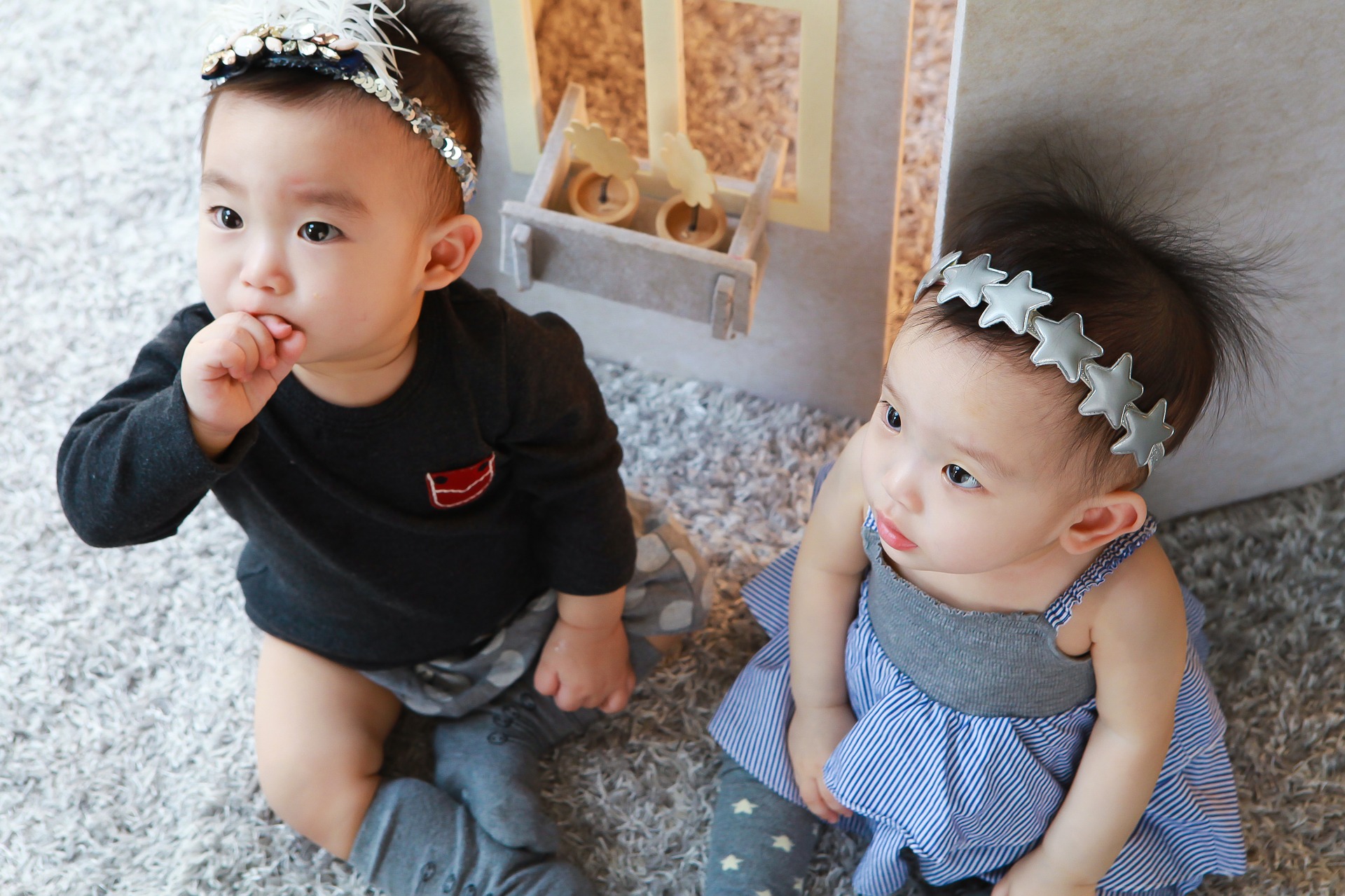Age, Fertility and Twins or More
More American women than ever are having twins, triplets, quadruplets and even quintuplets, and it’s not just because some are using fertility treatments, new research shows. Since the 1980s, the number of multiple births has jumped from roughly 20 sets per 1,000 live births to almost 35 sets per 1,000 live births, the study found. To determine whether this was …
